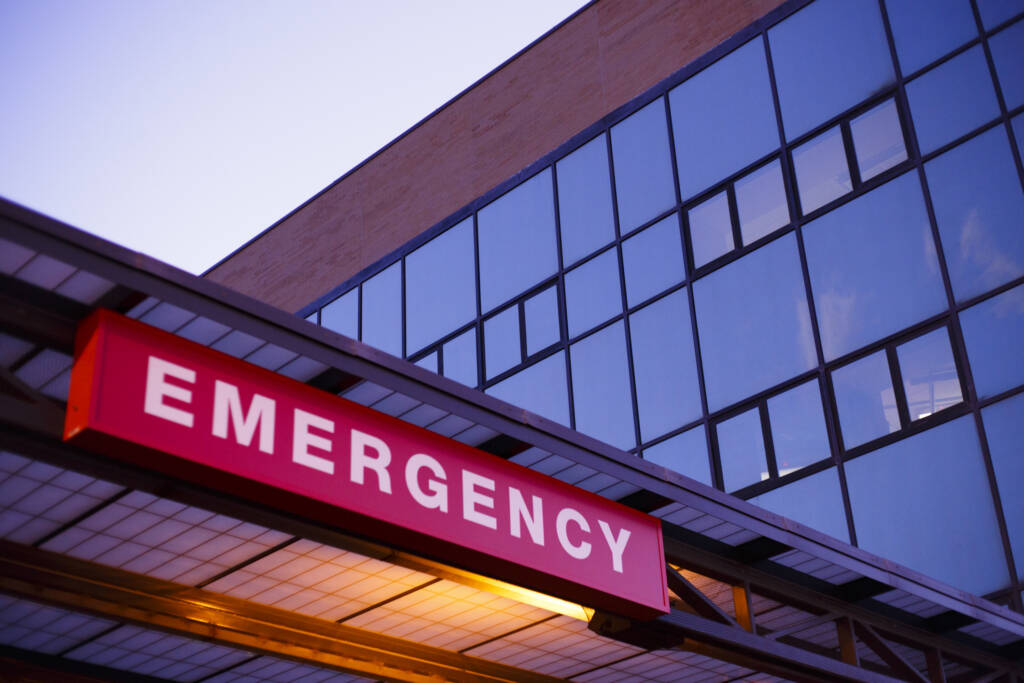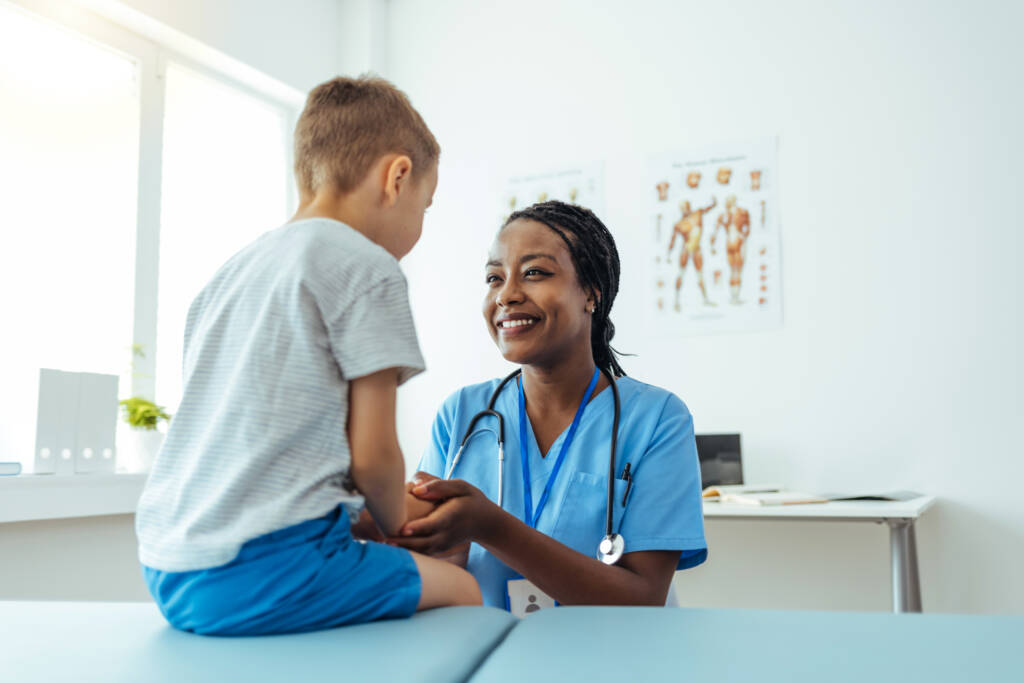
Emergency Medical Responder 1a

Have you ever wondered what happens after making a 911 call? Get a realistic look into the day-to-day, fast-paced life of an EMR and how their roles and responsibHave you ever wondered what happens after making a 911 call? Get a realistic look into the day-to-day, fast-paced life of an EMR and how their roles and responsibilities fit into the larger picture with Emergency Medical Services. Discover how to conduct a patient assessment when you arrive on a scene and assess and treat various medical emergencies. If you’ve ever dreamt of being on the front lines, providing quality care to save someone’s life, then explore the exciting career as an Emergency Medical Responder.
During this course, you will learn career-related skills and earn a badge for this accomplishment. A badge is a digital certification of your career-related learning that you can share on social media and higher education platforms, or with colleges, potential employers, peers, and colleagues. Select this link to learn more about badges.ilities fit into the larger picture with Emergency Medical Services. Discover how to conduct a patient assessment when you arrive on a scene and assess and treat various medical emergencies. If you’ve ever dreamt of being on the front lines, providing quality care to save someone’s life, then explore the exciting career as an Emergency Medical Responder.
During this course, you will learn career-related skills and earn a badge for this accomplishment. A badge is a digital certification of your career-related learning that you can share on social media and higher education platforms, or with colleges, potential employers, peers, and colleagues. Select this link to learn more about badges.
Major Topics and Concepts
Unit 1: Emergency Medical Systems
- Explain the operations of emergency medical systems
- Describe the roles and responsibilities of emergency medical responders
- Identify relevant ethical and legal considerations
- Manage stressful situations
- Protect yourself from infection and disease
- Demonstrate effective communication and leadership skills
Unit 2: Primary Assessment
- Assess an emergency incident patient and scene
- Gather a general impression and determine the level of consciousness
- Monitor airway, breathing, and circulation as well as perform a rapid body survey
- Describe effective patient positioning
- Update EMS and describe transport decision-making
Unit 3: Secondary Assessment
- Obtain a complete patient history
- Assess a patient’s pain
- Take and analyze vital signs
- Complete a head-to-toe examination
- Record and report your findings
Unit 4: Airway Management
- Assess a patient’s airway and breathing comprehensively
- Open and secure an airway
- Suction and clear an airway
- Supply oxygen to a patient
- Ventilate a non-breathing patient
Unit 5: Cardiac and Respiratory Emergencies
- Identify common respiratory and cardiac illnesses
- Intervene in respiratory and cardiac emergencies
- Perform CPR with an AED during a cardiac arrest emergency
- Assist with airway obstructions and choking emergencies
Unit 6: Medical Emergencies
- Consider different causes for a patient to have altered levels of consciousness
- Understand the causes and types of diabetes
- Assess a patient with a suspected stroke
- Manage a patient having a seizure
- Investigate the causes of abdominal pain
Unit 7: Trauma Management
- Understand the causes and types of shock
- Treat wounds and other soft tissue injuries
- Manage major bleeds and burns
- Assess and treat sprains, strains, dislocations, and fractures
- Manage spinal injuries
Unit 8: Other Medical Emergencies
- Understand the routes and types of poisons
- Respond to emergencies in which a patient has had an overdose or has been poisoned, bitten, or stung
- Identify when an allergic reaction becomes a life-or-death situation
- Recognize as well as treat heat- and cold-related emergencies
- Be familiar with medications that emergency medical responders might administer
Competencies
Emergency Medical Responder Profession
Students will demonstrate an understanding of the emergency medical responder profession by explaining the responsibilities of emergency medical responders, describing mental health strategies, and summarizing physical health strategies.
Primary Assessment
Students will demonstrate an understanding of primary assessment by explaining primary patient assessment techniques, describing patient positioning options, and explaining transport considerations.
Secondary Assessment
Students will demonstrate an understanding of patient secondary assessment by describing secondary assessment techniques and summarizing the reporting of findings.
Airway Management
Students will demonstrate an understanding of airway management by describing airway assessment and explaining airway management techniques.
Cardiac and Respiratory Emergencies
Students will demonstrate an understanding of cardiac and respiratory emergencies by describing types of cardiac illnesses, describing types of respiratory illnesses, and explaining methods of intervention.
Medical Emergencies
Students will demonstrate an understanding of medical emergencies by describing the causes of conditions, explaining condition assessment, and summarizing condition management.
Trauma Management
Students will demonstrate an understanding of trauma management by describing injury assessment, explaining treatment of a variety of injuries, and summarizing injury management.
Other Medical Emergencies
Students will demonstrate an understanding of other medical emergencies by describing a variety of emergencies, explaining treatments, and summarizing signs of a life-or-death situation.

